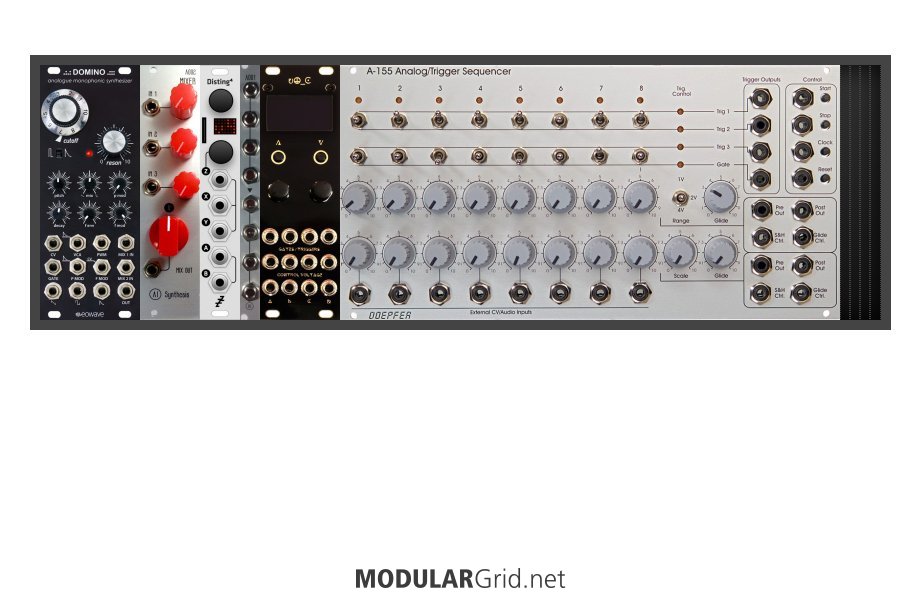Welcome to Eurorack. There are definitely a lot of opinions out there.
I will try to take on some your concerns but out of order.
The first thing is system size. In my experience, most people want as small of a system as they can get away with because of the cost. That's a reasonable desire. But then you're trying to fit a handful of modules into a very small space, so not only do you have to really consider the size (in HP) of each and every module... but the functionality of that module in terms of features as well as the ergonomics (small pots are much harder to work with). So you're making putting together a brand new rack exponentially that much harder.
The reason for going with a larger case is simple. You're paying more up-front to save yourself paying more later on. If your system keeps growing you'll need to either add a second case or replace your starting case with a much bigger case and sell your first case. You'll more than likely keep adding modules to your core system as you learn and discover your own tastes in Eurorack.
The Intellijel 7U case is very popular. But if you buy one, you're committing to buying 1U modules in their standard. They make their own 1U modules and 3rd parties like Plum Audio and Shakmat, for example, are starting to jump on the bandwagon. Pulp Logic is the other 1U standard. Please note... that the 1U module formats are NOT compatible with each other. But the bottom line is that 1U modules are not the standard and almost everything in 1U can be found in the same or similar modules in the standard 3U.
As far as building your system overtime. Yes, you can do that. But just know you are buying synthesizer parts. No one part (generally) is an entire synth unless it was built for that purpose (look up "synth-voice"). What comprises a "basic" system is very arguable. But in my opinion, it's two VCOs, a VCF, at least four VCAs, an LFO, two 4:1 mixers, a noise source, and some attenuverters to scale down your control voltages. You will also need a way to PLAY your synth. So you'll need at least one sequencer that makes sense for you and an output module to go from synth to line level. The sequencer... you can go as big or as small as you like depending on needs. If you're going to drive the system via MIDI then you'll need some sort of MIDI to CV interface.
At this point, your head is probably spinning because there are so many choices and so many ways to build a system. Here comes some more boilerplate recommendations that I seem to repeat over and over to people just starting out: buy a synth voice or a Eurorack compatible stand-alone synth. Intellijel, Pittsburgh Modular, and many other companies make complete synths that fit in Eurorack that are patchable. They are great as the core of a new system and will stay useful even if you expand to a monster system. A stand alone system like a Moog Mother 32 or even a Behringer Neutron are great as they don't eat up any rackspace and you can buy a smaller "skiff" rack of additional modules to supplement what you have in the stand-alone system. As your knowledge grows, then get into specialty oscillators, different filters, effects, and modulation. This would be the cheapest way into Eurorack.
The other is to just buy a standalone system preconfigured. Then you're guaranteed to have something useful without having to do all the research first. Roland, Pittsburgh Modular, Doepfer, Make Noise, all have their own turnkey systems. Again, you can always add your own specialty modules once you find an area you want to explore.
DIY is a great way to save money on a module. But once it's built, you still have the same issues to contend with. However, you can offset your costs by building modules for others that don't want to pick up an iron.
And finally, posting your rack. I found your rack. To post a link to it that pops up in your thread, simply visit the rack like you're going to edit it. Then copy and paste the URL into your post. Your URL should look like this but without the spaces:
https: // www.modulargrid.net / e / racks / view / 1067379
And show up like this:



